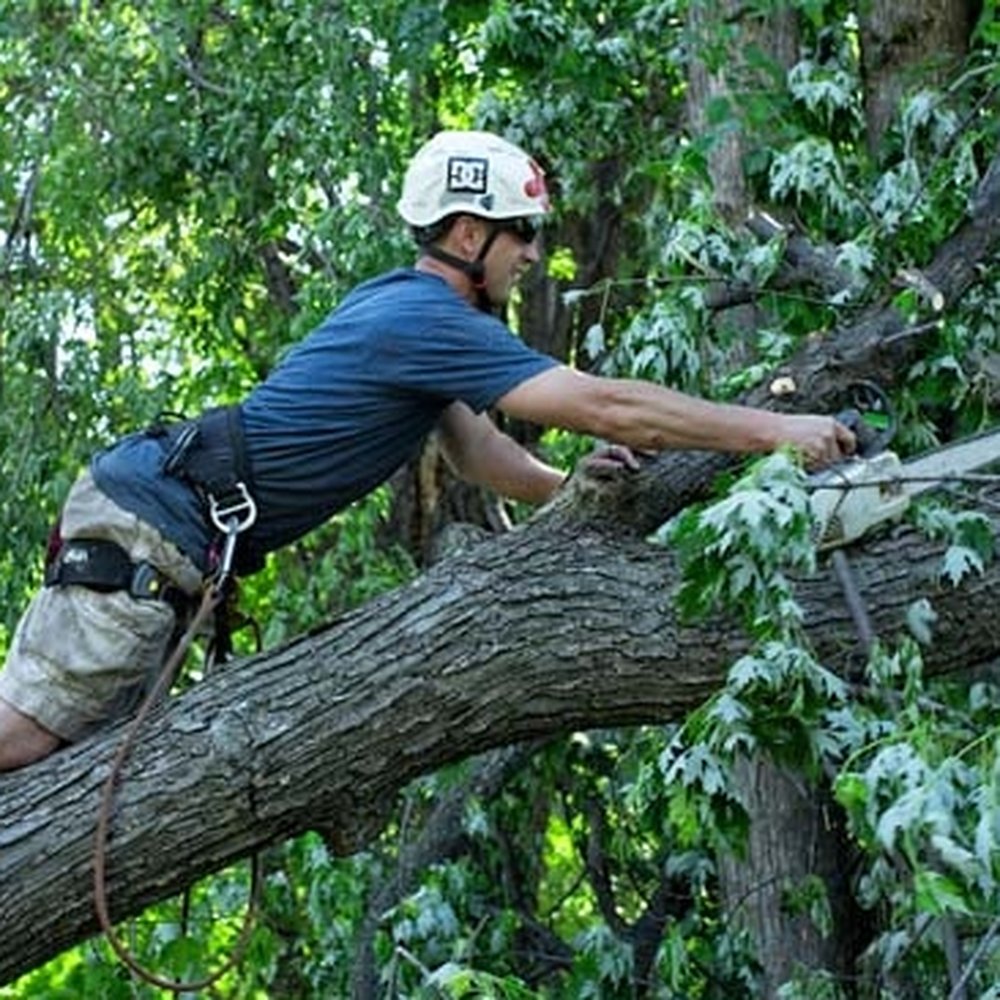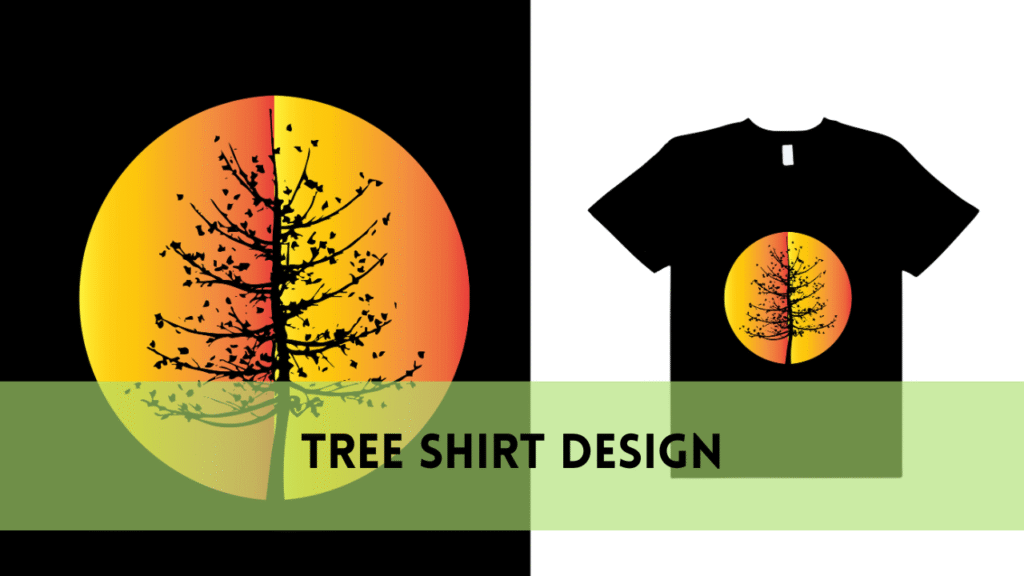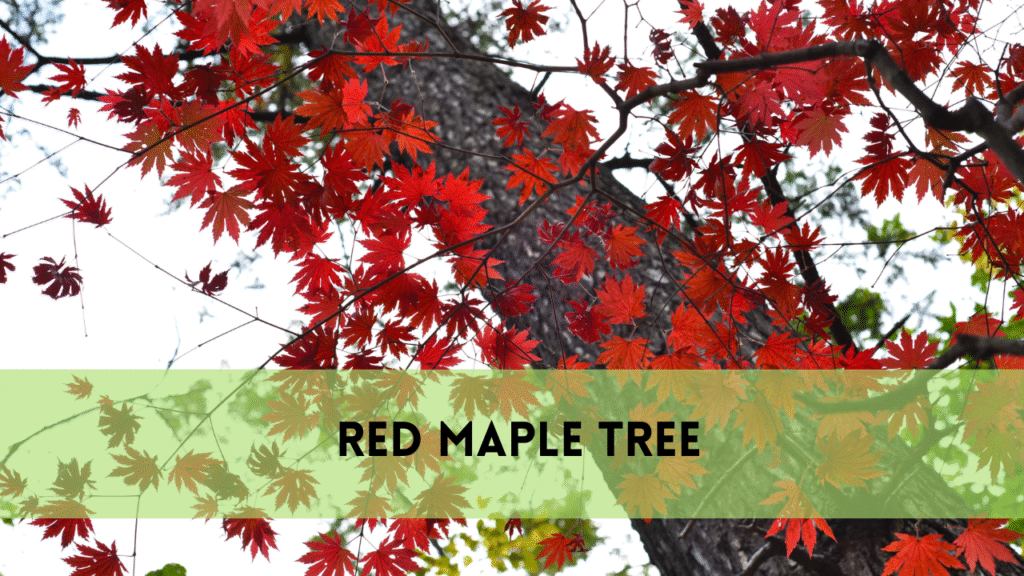Tree cabling and bracing.
In the symphony of nature, trees play a vital role, offering oxygen, shelter, and a sanctuary for countless creatures. However, just like any living being, trees can face challenges. This article delves into the world of tree cabling and bracing, exploring techniques that act as guardians, fortifying trees against stress and structural vulnerabilities, and ensuring their endurance and well-being.
The Importance of Tree Cabling and Bracing
Before we begin the technical path of cabling and bracing, let us pause to recognize the importance of trees. They are not only quiet witnesses of our lives; they are the architects of ecosystems, cleansing our air, promoting biodiversity, and adding to the aesthetic splendor of our surroundings. Recognizing their significance lays the foundation for comprehending the necessity of their care.
Understanding Tree Stress
Trees, despite their stoicism and resilience, are subjected to stress caused by a variety of circumstances. Adverse weather, soil composition, and the presence of pathogens can all cause trees to become stressed, affecting their general health and structural integrity. Recognizing these stresses is critical for adopting timely treatments and supporting our arboreal friends’ well-being.
The delicate balance in a tree’s existence is dependent on its capacity to deal with external influences. Weather patterns, such as protracted drought or extreme rainfall, can cause stress in trees by influencing water intake and nutrient absorption. Furthermore, soil quality is important; compacted or nutrient-deficient soil can inhibit root growth, exacerbating stress. The first step toward proactive tree maintenance is to understand tree stress. Arborists, equipped with this knowledge
Signs of Structural Weakness
Trees, while beautiful and lasting, can show indicators of structural vulnerability that require close scrutiny. These signs serve as nature’s language, alerting to any flaws in the tree’s design. Leaning trunks, a typical symptom, indicate an imbalance in weight distribution or inadequate root stability.
Swelling along the trunk or branches may indicate interior degradation or illness, compromising the tree’s structural core. Though minor, visible fissures might provide insight into latent pressures inside the wood. These symptoms point to structural concerns that, if ignored, might lead to limb failure or tree collapse.
Recognizing these indications is critical for prompt action. Arborists, equipped with the capacity to understand nature’s signals, can take strategic measures such as cabling or bracing to reinforce the tree’s structure.
Tree cabling: what is it
Tree cabling is an arboricultural method used to improve the structural stability of trees by providing critical support to reduce the danger of limb failure. This approach entails deliberately attaching high-strength steel cables between large limbs, efficiently transferring weight and decreasing pressure on susceptible branches. The goal is to strengthen the tree’s architecture, particularly when structural defects or stress causes threaten its integrity. Arborists that embrace tree cabling give trees personalized support, nurturing not just their immediate safety but also long-term health and resilience in the face of environmental obstacles.
Benefits of Tree Cabling
The benefits of tree cabling go well beyond avoiding immediate dangers. This arboricultural approach reduces the chance of limb collapse by strengthening a tree’s structural integrity, promoting overall tree health. The wires work together like a quiet symphony, dispersing weight and relieving tension on susceptible branches. This proactive strategy not only protects the tree from possible risks but also helps its life. Arborists play a critical role in sustaining the health and resilience of our arboreal friends, ensuring they stand tall as guardians in our natural environments by embracing the advantages of tree cabling.
When to Consider Cabling:
Although not every tree requires cabling, some conditions need attention. Young trees with broad canopies, those showing indications of stress, or those with included bark are ideal candidates for tree cabling. Early care in these circumstances can avert future issues while maintaining the tree’s structural integrity. By understanding when to consider cabling, arborists align their efforts with the tree’s needs, providing targeted support that enhances its ability to withstand environmental pressures and flourish in the intricate dance of nature.
The Cabling Process:
The cabling procedure is a painstaking endeavor, meticulously engineered to enhance a tree’s structural soundness. High-strength steel cables are the norm in tree cabling. Chosen for their durability, weather resistance, and ability to seamlessly blend into the tree’s canopy, these cables ensure the longevity and effectiveness of the cabling system. Arborists evaluate the architecture of the tree before installing wires. This assessment includes detecting weak points, stress sources, and prospective areas of concern. Arborists use this knowledge to carefully insert high-strength steel wires between key limbs. Precision in cable installation is critical in order to disperse weight properly and prevent strain on susceptible branches. The goal is to not only correct present problems but also to provide targeted assistance that reduces the likelihood of future limb failure. Each wire acts as a quiet sentinel, supporting the tree’s natural structure while increasing its resistance to environmental stresses. The cabling process is not a one-size-fits-all solution; it is a bespoke intervention tailored to the unique needs of each tree. By approaching the cabling process with precision and expertise, arborists play a vital role in nurturing the strength and resilience of trees, ensuring they endure as enduring guardians in our natural landscapes.
Professional vs DIY Cabling
While DIY cabling kits are available, the complexities of tree cabling demand professional assistance. Certified arborists have the skills to precisely analyze a tree’s needs and apply the most effective cabling approach. Using skilled cabling protects the safety of the tree as well as those involved.
What is tree bracing
Tree bracing is a supporting technique, similar to a soft hug, that is used to reinforce weakening or broken crotches in the structure of a tree. This arboricultural approach is strategically installing stiff rods or braces to offer an extra layer of support to regions that may be prone to stress or failure. Tree bracing, as opposed to cabling, is aimed at specific weak places, giving a stabilizing impact. Arborists carefully pick bracing, such as threaded rods and dynamic systems, based on the specific requirements of each tree. The bracing method necessitates a thorough assessment of the tree’s condition. Arborists deliberately insert bracing to provide critical support while allowing the tree to move and grow naturally. This method guarantees that the braces efficiently strengthen weak spots while without impeding the tree’s growth.
Arborists may advocate a mix of cabling and bracing in some situations to provide comprehensive support that solves several structural problems at the same time. The option to mix these strategies is influenced by the specific problems given by the tree.
Types of Braces
Tree bracing employs a variety of braces, each having a specific role in supporting vulnerable portions of a tree’s structure. Threaded rods, a popular alternative, give strong support by keeping split crotches together. Dynamic systems, on the other hand, add flexibility while still providing structural reinforcement. The type of brace used is determined by criteria such as the tree’s species, health, and special problems. These braces serve as architectural crutches, providing tailored support to regions that may be prone to stress or failure. Arborists, similar to tree physicians, carefully examine the state of the tree and prescribe the most appropriate form of brace, guaranteeing a harmonic integration that boosts the tree’s strength and resilience in the magnificent tapestry of nature.
The Bracing Procedure:
Bracing is a structural engineering method used to strengthen and stabilize various aspects of a construction system. The method often entails the installation of new components to improve the overall strength and stability of a building. Diagonal braces, shear walls, and moment-resisting frames are all common bracing systems.
The method begins with a detailed structural study to identify susceptible regions and decide the type of bracing necessary. Following this evaluation, engineers design and define the required bracing parts, taking into account aspects like as load distribution, material strength, and architectural limitations.
The bracing components are firmly attached to the structure, frequently in a diagonal or perpendicular configuration to resist forces like as wind, seismic activity, or other stresses. To guarantee accurate alignment and fastening, quality control techniques are essential. Periodic inspections and maintenance are advised to ensure the bracing system’s continued efficacy, so contributing to the building’s long-term structural stability.
Related Posts:
- Tree Removal
- Tree Trimming
Cost considerations
Several factors influence the overall cost of bracing and cabling in building projects.
Bracing costs are impacted by the type of bracing system used, the materials utilized, and the difficulty of installation. High-strength materials and elaborate designs may boost expenses. Additionally, labour expenditures for qualified professionals involved in installation contribute to the overall bracing expenditure. Regular maintenance expenditures should also be included during the duration of the construction.
Cabling expenses, on the other hand, are determined by the kind and number of cables needed. Cable material, length, and thickness all have an impact on costs. Specialized cables used for certain functions, such as seismic bracing, may entail additional costs. Installation expenses include labour, specialized equipment, and compliance with safety regulations.
FAQS
What is tree cabling and bracing?
Tree cabling and bracing are arboricultural procedures used to stabilize structurally challenged trees. Cabling is the use of flexible cables to lessen the danger of branch failure, whereas bracing is the use of rods to reinforce weak branch unions.
When is tree cabling and bracing required?
These approaches are indicated for trees with weak or broken branches, structural flaws, or trees prone to wind or snow damage. They are critical for sustaining tree health and avoiding potential risks.
How is the strength of a tree determined for cabling and bracing?
Certified arborists assess tree health, structural integrity, and possible hazards. Tree species, age, and the depth of structural concerns are all factors to consider.
Are there any hazards involved with tree cabling and bracing?
When conducted by qualified specialists, the dangers are negligible. However, faulty installation or failure to conduct regular inspections may result in unanticipated problems.
How long does tree cabling and bracing last?
The longevity is determined by elements such as tree growth, weather conditions, and starting tree health. Regular assessments are advised, and modifications may be required over time.
Conclusion
Tree cabling and bracing are extremely useful techniques for protecting the beauty and safety of trees. These procedures, when used by trained arborists, provide viable solutions for decreasing problems connected with weakened tree structures. Regular monitoring assures the lifespan of the cabling and bracing systems, which contributes to the trees’ general health and stability.




